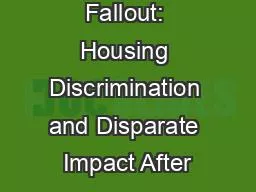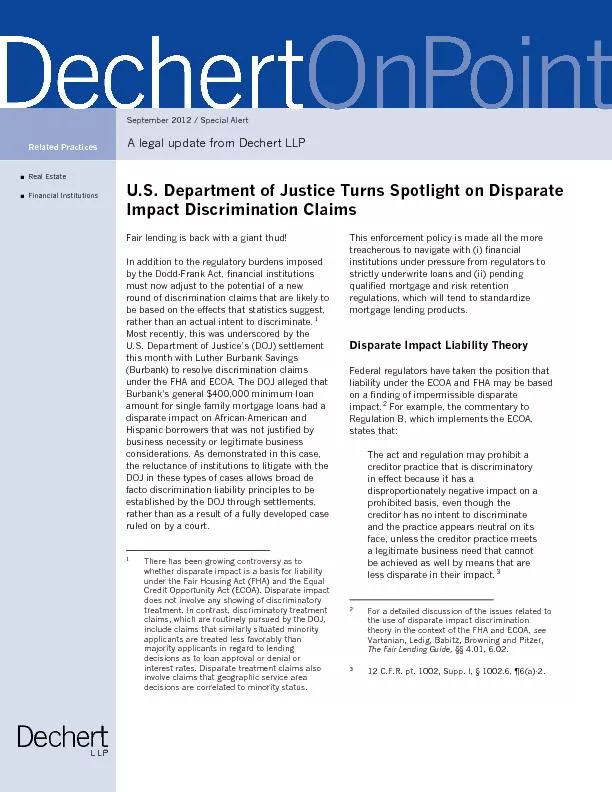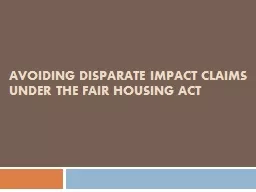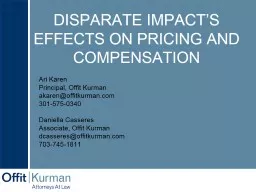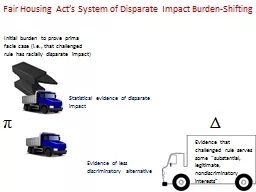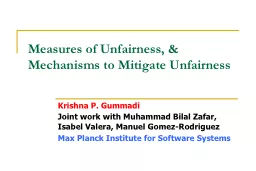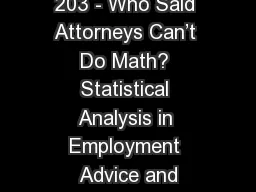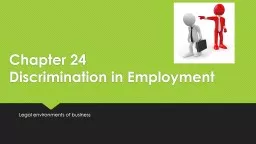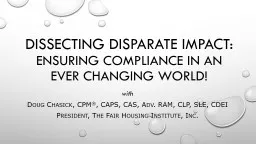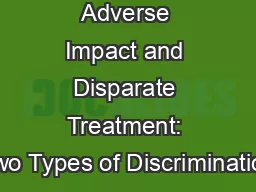PPT-Fallout: Housing Discrimination and Disparate Impact After
Author : messide | Published Date : 2020-06-30
Inclusive Communities Harry Kelly Nixon Peabody LLP Michael Skojec Ballard Spahr LLP Moderator Paula Cino NMHC VP July 30 2015 Fair Housing Act Background Passed
Presentation Embed Code
Download Presentation
Download Presentation The PPT/PDF document "Fallout: Housing Discrimination and Disp..." is the property of its rightful owner. Permission is granted to download and print the materials on this website for personal, non-commercial use only, and to display it on your personal computer provided you do not modify the materials and that you retain all copyright notices contained in the materials. By downloading content from our website, you accept the terms of this agreement.
Fallout: Housing Discrimination and Disparate Impact After: Transcript
Download Rules Of Document
"Fallout: Housing Discrimination and Disparate Impact After"The content belongs to its owner. You may download and print it for personal use, without modification, and keep all copyright notices. By downloading, you agree to these terms.
Related Documents

